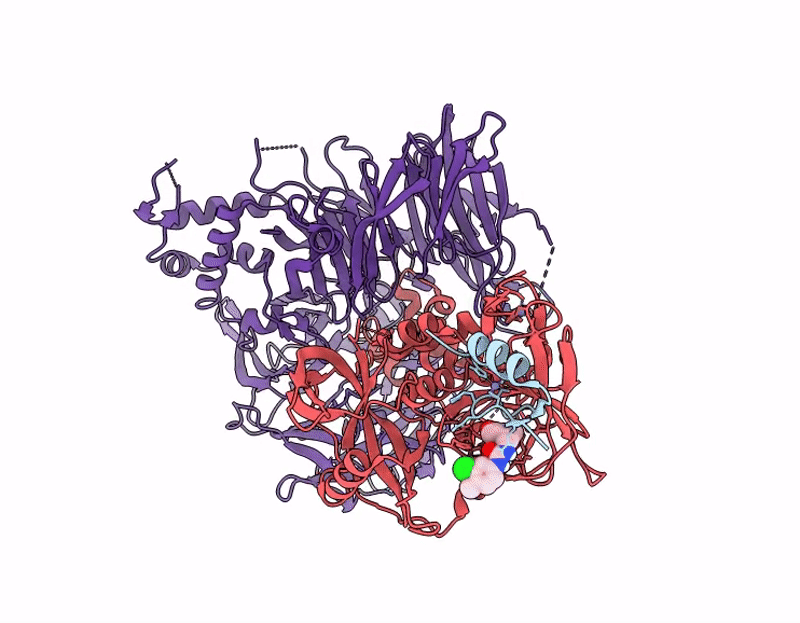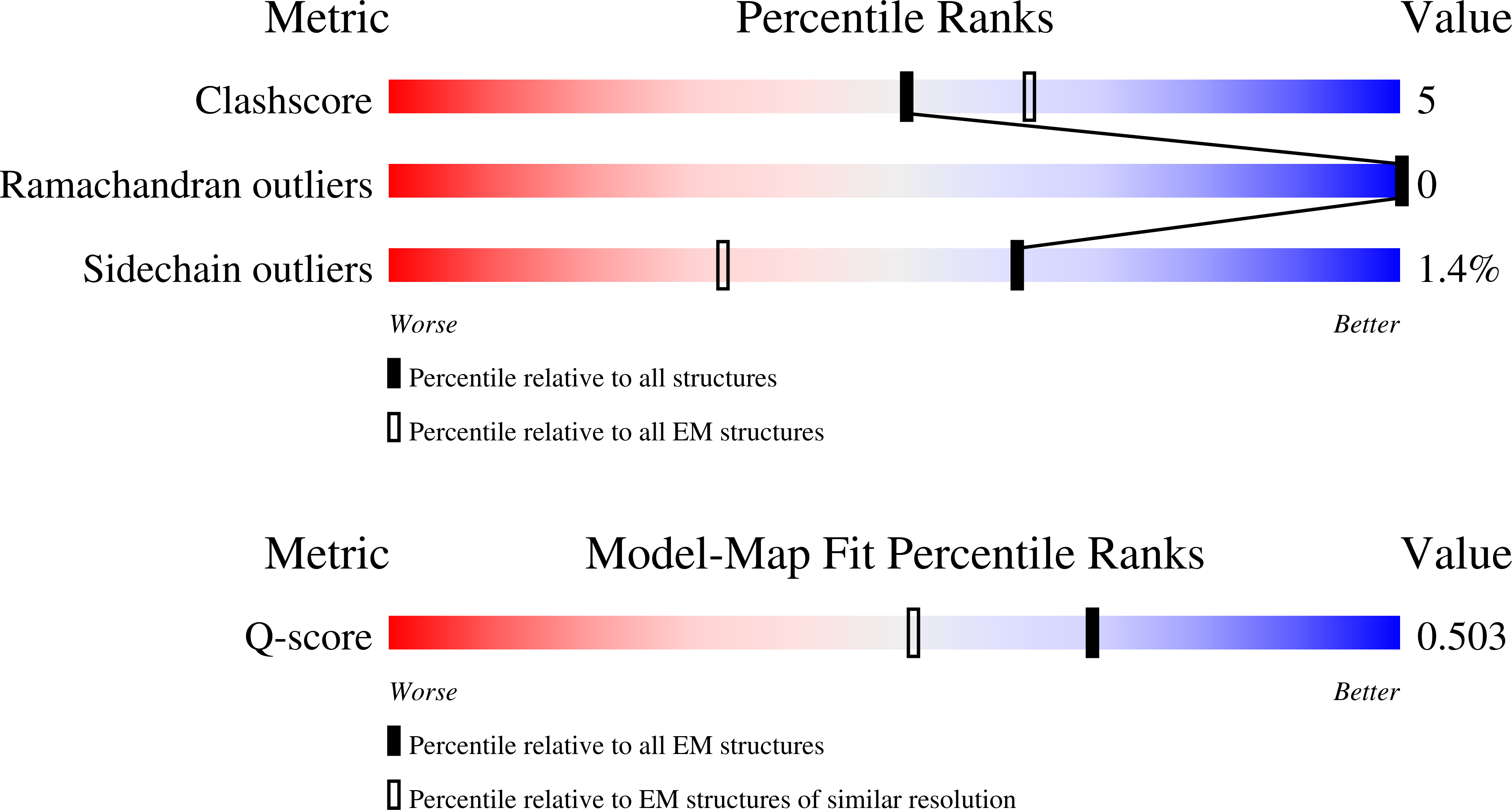
Deposition Date
2025-08-15
Release Date
2025-10-01
Last Version Date
2025-10-22
Entry Detail
PDB ID:
9Q2D
Keywords:
Title:
Cryo-EM structure of ternary complex Ikaros-ZF2:CC-885:CRBN:DDB1 (molecular glue degrader)
Biological Source:
Source Organism:
Homo sapiens (Taxon ID: 9606)
Host Organism:
Method Details:
Experimental Method:
Resolution:
2.94 Å
Aggregation State:
PARTICLE
Reconstruction Method:
SINGLE PARTICLE


